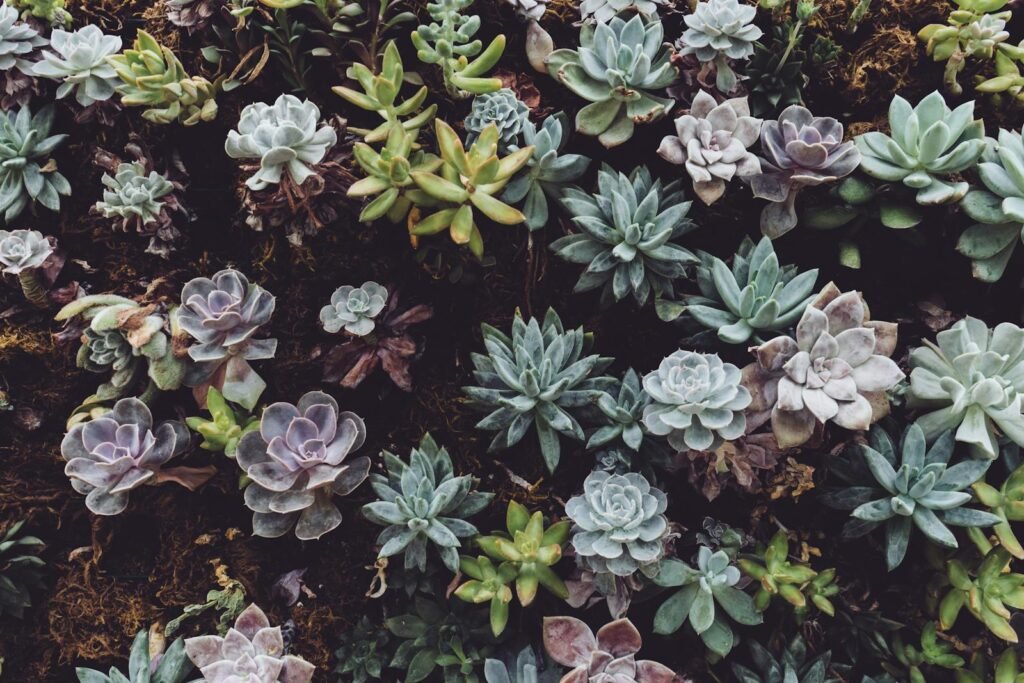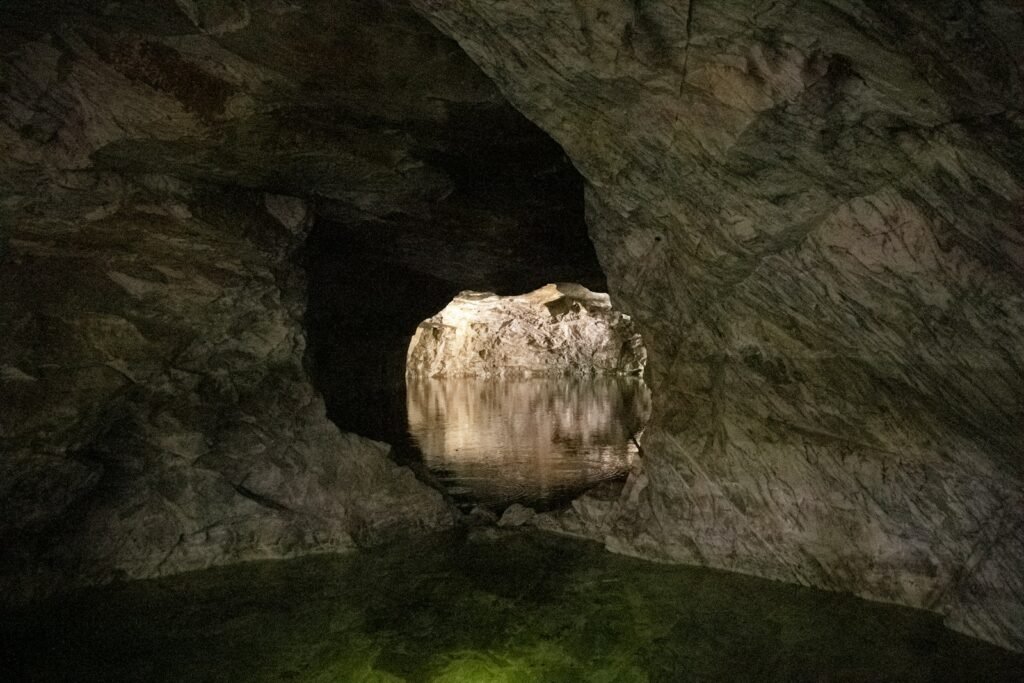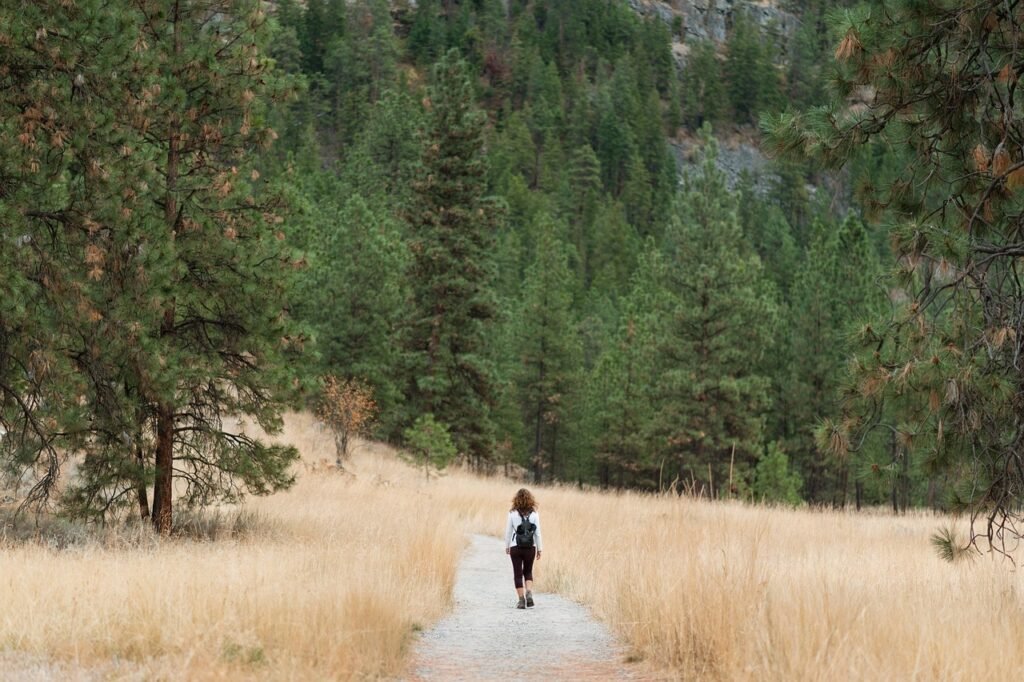Imagine standing at the edge of an active volcano crater, feeling the scorching heat radiating from below while toxic gases sting your eyes. The last thing you’d expect to see in this hellish landscape is life – yet incredibly, some of the most resilient plants on Earth call these deadly environments home. These botanical survivors have mastered the art of thriving where nothing else can, turning volcanic death zones into their own personal paradise. Their secret? Millions of years of evolution have crafted them into living fortresses capable of withstanding conditions that would instantly kill most other life forms.
The Volcanic Hellscape That Plants Call Home
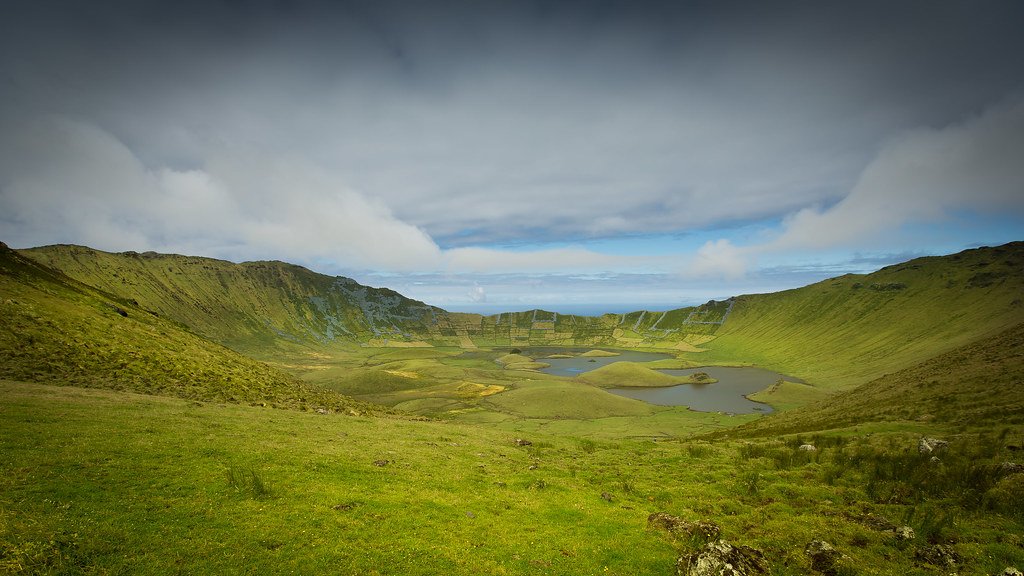
Volcano craters represent some of the most extreme environments on our planet, where temperatures can soar above 140°F and the air is thick with sulfur dioxide, hydrogen sulfide, and other deadly gases. The soil, if you can even call it that, is often nothing more than loose volcanic ash mixed with acidic compounds that would burn through most organic matter. Water is scarce, and when it does appear, it’s usually scalding hot or so acidic it could dissolve metal. Yet against all logic, certain plants have not just survived but actually flourished in these conditions, creating pockets of green life in the most unlikely places. These environments are so harsh that they’re often used by scientists as Earth-based laboratories to study what life might look like on other planets.
The Hawaiian Ohia Lehua Tree’s Volcanic Mastery
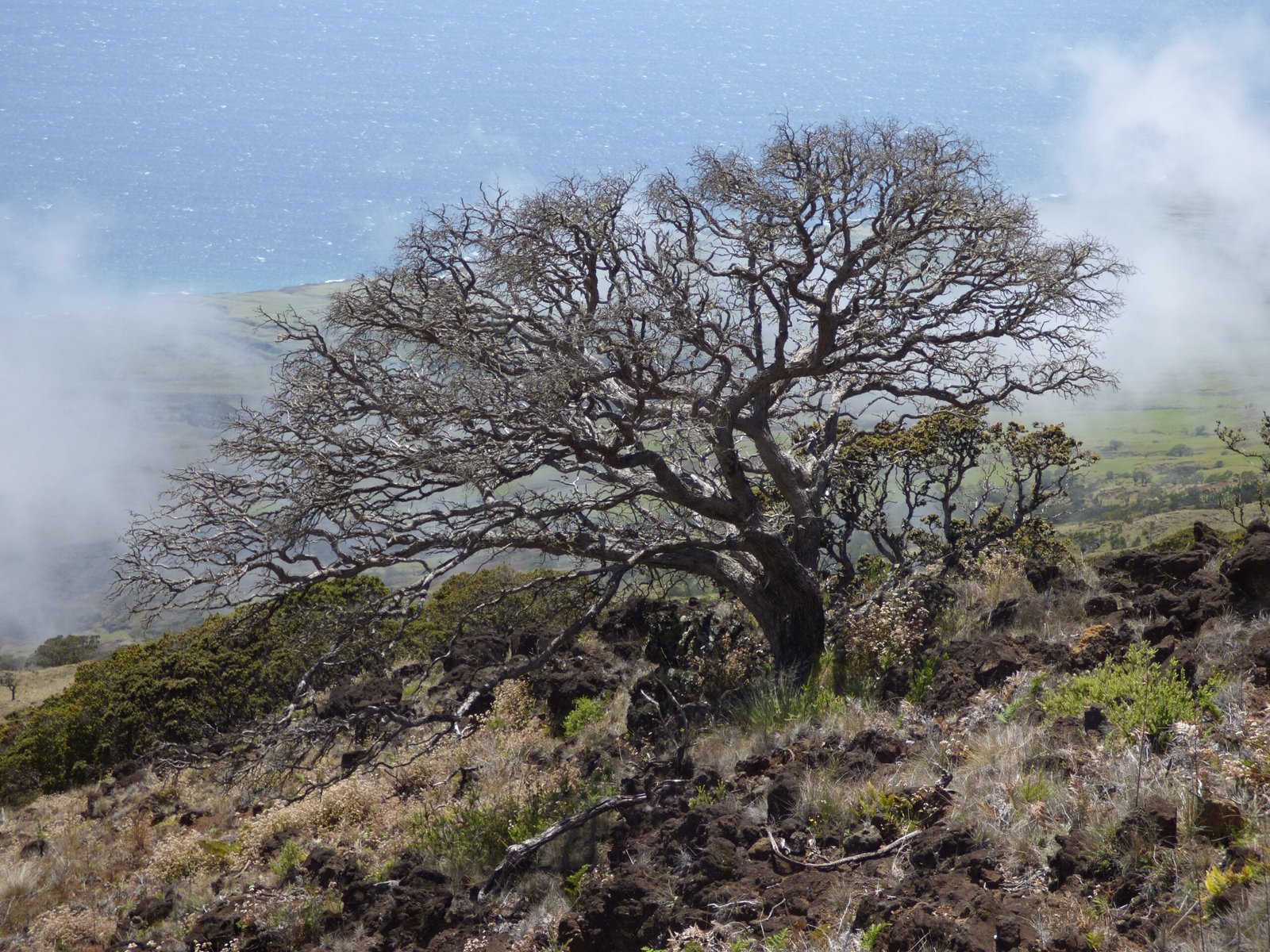
The Ohia Lehua tree stands as perhaps the most famous volcanic survivor, growing directly on fresh lava flows in Hawaii where nothing else dares to take root. These remarkable trees can establish themselves on lava that’s barely cooled, sending their roots deep into cracks in the volcanic rock to find precious moisture and nutrients. What makes them truly extraordinary is their ability to create their own soil over time, as their fallen leaves decompose and mix with volcanic ash to form a growing medium for other plants. The tree’s bright red flowers, called lehua, bloom even in the harshest conditions, creating stunning displays of color against the black volcanic landscape. Some specimens have been found growing in areas where the ground temperature still reaches over 100°F, proving that they’ve adapted to conditions that would cook most other plants alive.
Sulfur Springs and the Plants That Love Poison

Around volcanic sulfur springs, where the air reeks of rotten eggs and the ground bubbles with toxic chemicals, a select group of plants has learned to not just tolerate but actually thrive on these poisonous conditions. Species like certain mosses and algae have developed specialized cellular mechanisms that can process sulfur compounds and use them as an energy source, essentially eating what would kill other organisms. These plants often display unusual colors – brilliant yellows, oranges, and reds – that come from the sulfur compounds they’ve incorporated into their tissues. The most remarkable examples can be found around the sulfur springs of Yellowstone and in volcanic regions of Indonesia, where entire communities of these specialized plants create otherworldly landscapes. Their presence actually helps neutralize some of the toxic compounds in the soil, slowly making the environment more hospitable for other forms of life.
Temperature Extremes and Plant Adaptation

The temperature swings in volcanic environments would challenge any living thing, with ground temperatures that can fluctuate from freezing at night to over 120°F during the day. Volcanic plants have developed incredible strategies to deal with these extremes, including specialized leaf structures that can fold up to minimize heat exposure and root systems that can extend over 20 feet deep to reach stable temperature zones. Some plants have evolved thick, waxy coatings on their leaves that act like natural sunscreen, reflecting harmful radiation while preventing water loss in the intense heat. Others have developed the ability to go completely dormant during the hottest parts of the day, shutting down all non-essential functions until conditions become more favorable. The most amazing adaptation might be their ability to actually use the volcanic heat to their advantage, positioning themselves over warm spots in the ground to extend their growing season even when air temperatures drop.
Acid-Resistant Vegetation in Crater Lakes

Crater lakes, with their pH levels often below 2 (more acidic than lemon juice), present another seemingly impossible challenge that some plants have managed to overcome. Specialized algae and certain flowering plants have evolved cell walls that can withstand this extreme acidity, essentially creating their own protective armor against the corrosive environment. These plants often appear almost alien, with unusual colors and textures that result from their unique biochemical adaptations to acid tolerance. In some crater lakes, like those found in Costa Rica’s volcanic regions, entire ecosystems of acid-loving plants have developed, creating floating gardens of life in what should be lifeless pools of poison. The most remarkable aspect is how these plants can actually help neutralize the acid over time, slowly making the water less hostile to other forms of life.
The Unique Root Systems of Volcanic Survivors

The root systems of volcanic plants are engineering marvels that would impress any architect, designed to navigate through solid rock and extract moisture from seemingly bone-dry environments. These roots often grow in unusual patterns, spreading horizontally just beneath the surface to capture rare rainfall, while also sending deep taproots down through cracks in the volcanic rock to reach underground water sources. Some species have developed root systems that can actually break down volcanic minerals, extracting essential nutrients directly from the rock itself in a process similar to controlled chemical weathering. The roots of certain volcanic plants can extend over 50 feet in all directions, creating vast underground networks that help stabilize loose volcanic soil and prevent erosion. Most incredibly, these root systems often survive even when the above-ground parts of the plant are destroyed by volcanic activity, allowing the plant to regenerate from what appears to be complete devastation.
Gas-Tolerant Flora That Breathes Poison

Volcanic environments are constantly releasing toxic gases that would suffocate or poison most life forms, yet certain plants have evolved to not only tolerate but actually utilize these deadly compounds. These remarkable species have developed specialized pores in their leaves that can filter harmful gases while still allowing for essential gas exchange needed for photosynthesis. Some plants near volcanic vents have been found to incorporate sulfur dioxide directly into their metabolic processes, using it as an alternative energy source when sunlight is limited by volcanic ash clouds. The most extraordinary examples can process hydrogen sulfide – a gas so toxic it can kill humans in minutes – and convert it into useful sulfur compounds for growth and reproduction. These adaptations are so effective that some volcanic plants actually grow faster and healthier in the presence of these gases than they do in normal air.
Ash-Covered Survivors and Photosynthesis Tricks
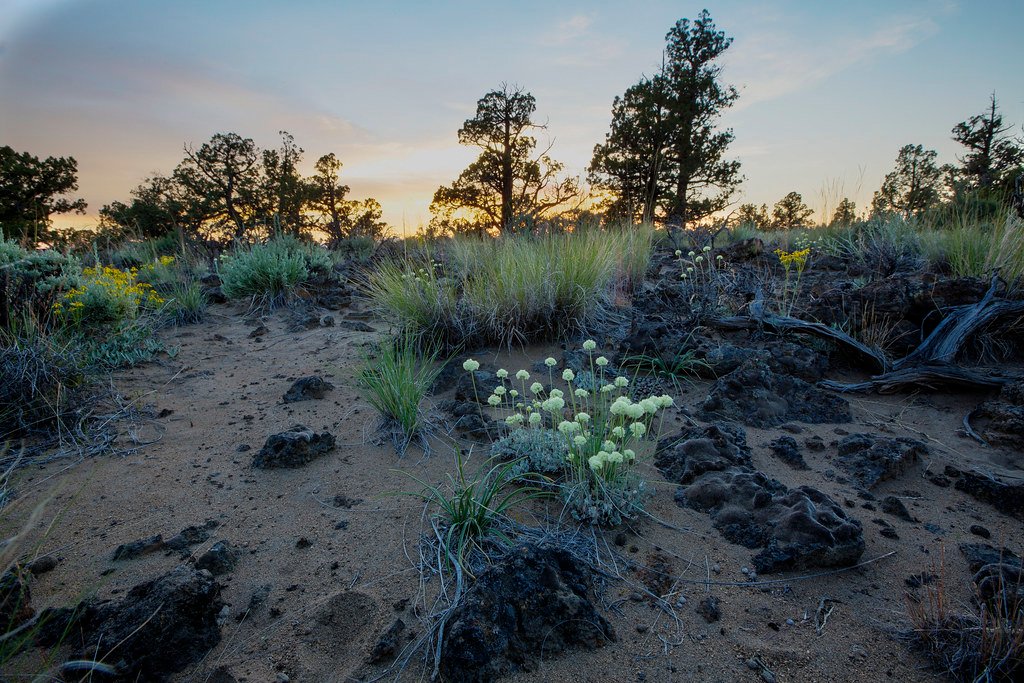
When volcanic eruptions blanket entire regions in thick layers of ash, most plants would suffocate under the gray covering that blocks out sunlight and clogs their breathing pores. However, volcanic specialists have developed ingenious ways to deal with these ash falls, including leaves that can shed ash through specialized vibrating mechanisms and waxy surfaces that prevent ash from sticking in the first place. Some species can actually photosynthesize using minimal light that filters through ash layers, operating their food production systems at efficiency levels that would be impossible for normal plants. Others have evolved the ability to quickly grow new shoots that can push through several inches of ash to reach sunlight, essentially racing against burial to survive. The most remarkable adaptation is seen in plants that can enter a state of suspended animation during heavy ash falls, completely shutting down for weeks or months until conditions improve, then rapidly resuming normal growth as if nothing happened.
The Pioneer Species That Colonize Fresh Lava

Pioneer species are the brave first colonizers of fresh lava flows, arriving sometimes within just months of an eruption to begin the slow process of creating life from lifelessness. These plants are typically small, fast-growing species that can survive on virtually no soil, getting their nutrients from airborne particles and the minimal organic matter that accumulates in cracks in the lava. Ferns are often among the first arrivals, their spores light enough to be carried by wind across vast distances and hardy enough to germinate in the harsh conditions of cooling lava. Over time, these pioneers create the foundation for larger plants by gradually building up organic matter through their life and death cycles, essentially creating soil where none existed before. The succession process they begin can transform a barren lava field into a thriving ecosystem over just a few decades, proving that life truly does find a way even in the most impossible circumstances.
Mineral Absorption Champions in Volcanic Soil

Volcanic soils are incredibly rich in minerals but also highly toxic, containing concentrations of metals and salts that would poison most plants, yet volcanic specialists have turned this challenge into an advantage. These plants have evolved sophisticated filtering systems in their roots that can selectively absorb beneficial minerals while excluding harmful compounds, essentially acting like living mining operations. Some species can extract and concentrate rare earth elements from volcanic soil, creating internal stores of valuable minerals that they use for specialized cellular processes. The most impressive examples can actually detoxify contaminated volcanic soil by absorbing heavy metals and other pollutants, storing them safely in their tissues where they can’t harm the ecosystem. This remarkable ability has made certain volcanic plants valuable for environmental cleanup efforts, as they can literally eat pollution and leave behind cleaner soil for other plants to eventually colonize.
Water Conservation Strategies in Desert-Like Craters

Despite being surrounded by what appears to be solid rock, volcanic craters can be surprisingly dry, with rainfall quickly disappearing into porous volcanic stone and intense heat evaporating any surface moisture almost immediately. Volcanic plants have developed water conservation strategies that would make desert cacti jealous, including the ability to store months’ worth of water in specialized tissues and root systems that can extract moisture from air humidity alone. Many species have evolved leaves that can actually fold up like umbrellas to prevent water loss during the hottest parts of the day, then open up again to collect dew during cooler nights. Some have developed the remarkable ability to photosynthesize while keeping their pores almost completely closed, essentially holding their breath while still producing food. The most amazing adaptation is seen in plants that can actually absorb water directly through their leaves from humid air, turning themselves into living dehumidifiers that can thrive even when no liquid water is available.
Symbiotic Relationships in Extreme Environments

In the harsh world of volcanic environments, survival often depends on cooperation, and many volcanic plants have formed incredible partnerships with fungi, bacteria, and other organisms to overcome the challenges they face. Mycorrhizal fungi form extensive networks with plant roots, essentially creating underground internet systems that share nutrients and water between different plants across the volcanic landscape. Some volcanic plants have partnered with nitrogen-fixing bacteria that can pull this essential nutrient directly from the air, solving the problem of nutrient-poor volcanic soils through biological cooperation. Others have formed relationships with specialized bacteria that can break down toxic compounds in the soil, essentially hiring microscopic bodyguards to protect them from chemical poisoning. These partnerships are so effective that removing the microbial partners often causes the plants to die even in relatively mild conditions, proving that teamwork truly is essential for survival in extreme environments.
Flowering Against All Odds

Perhaps the most inspiring aspect of volcanic plant survival is their determination to reproduce even under the most challenging conditions, producing beautiful flowers and viable seeds in environments that seem hostile to all life. These blooms often appear more vibrant and colorful than their counterparts in gentler environments, as if the plants are celebrating their survival against impossible odds with extra spectacular displays. The timing of flowering in volcanic plants is precisely coordinated with brief windows of favorable conditions, such as temporary breaks in toxic gas emissions or periods of slightly cooler temperatures. Some species have evolved flowers that can actually withstand direct exposure to volcanic gases and ash, continuing to attract pollinators even when the air is thick with toxic fumes. The most remarkable examples produce seeds with specialized coatings that can survive for years in volcanic environments, waiting for just the right conditions to germinate and continue the cycle of life in these extreme habitats.
Seasonal Survival Tactics

Volcanic environments often experience extreme seasonal variations that go far beyond normal weather patterns, including periods of increased volcanic activity, seasonal gas emissions, and dramatic temperature swings that can kill unprepared organisms. Volcanic plants have developed sophisticated seasonal strategies that allow them to predict and prepare for these dangerous periods, often going dormant weeks before conditions become lethal. Some species can actually sense approaching volcanic activity through subtle changes in ground temperature or gas concentrations, giving them time to shut down sensitive processes and hunker down for survival. During the most dangerous seasons, many volcanic plants appear completely dead, with no visible signs of life above ground, yet their root systems remain active and ready to spring back to life when conditions improve. The most impressive adaptation is the ability of some species to rapidly switch between different survival modes throughout the year, essentially becoming different plants depending on what challenges they’re currently facing.
Genetic Adaptations That Defy Nature

The genetic makeup of volcanic plants reads like science fiction, with DNA sequences that code for proteins and enzymes that simply don’t exist in normal plants, essentially representing entirely new biological innovations evolved specifically for extreme survival. These genetic adaptations include genes that produce natural antifreeze proteins to prevent cellular damage from temperature extremes, and others that create specialized enzymes capable of breaking down toxic compounds into harmless or even useful substances. Some volcanic plants have evolved multiple copies of essential genes, providing genetic backup systems that allow them to continue functioning even when primary systems are damaged by extreme conditions. The most fascinating genetic adaptation is the evolution of stress-response systems that can actually strengthen the plant when exposed to harmful conditions, essentially making them healthier and more robust the more abuse they endure. Scientists studying these genetic innovations are finding applications for everything from developing new medications to creating crops that can survive climate change.
The Role of Volcanic Plants in Ecosystem Recovery
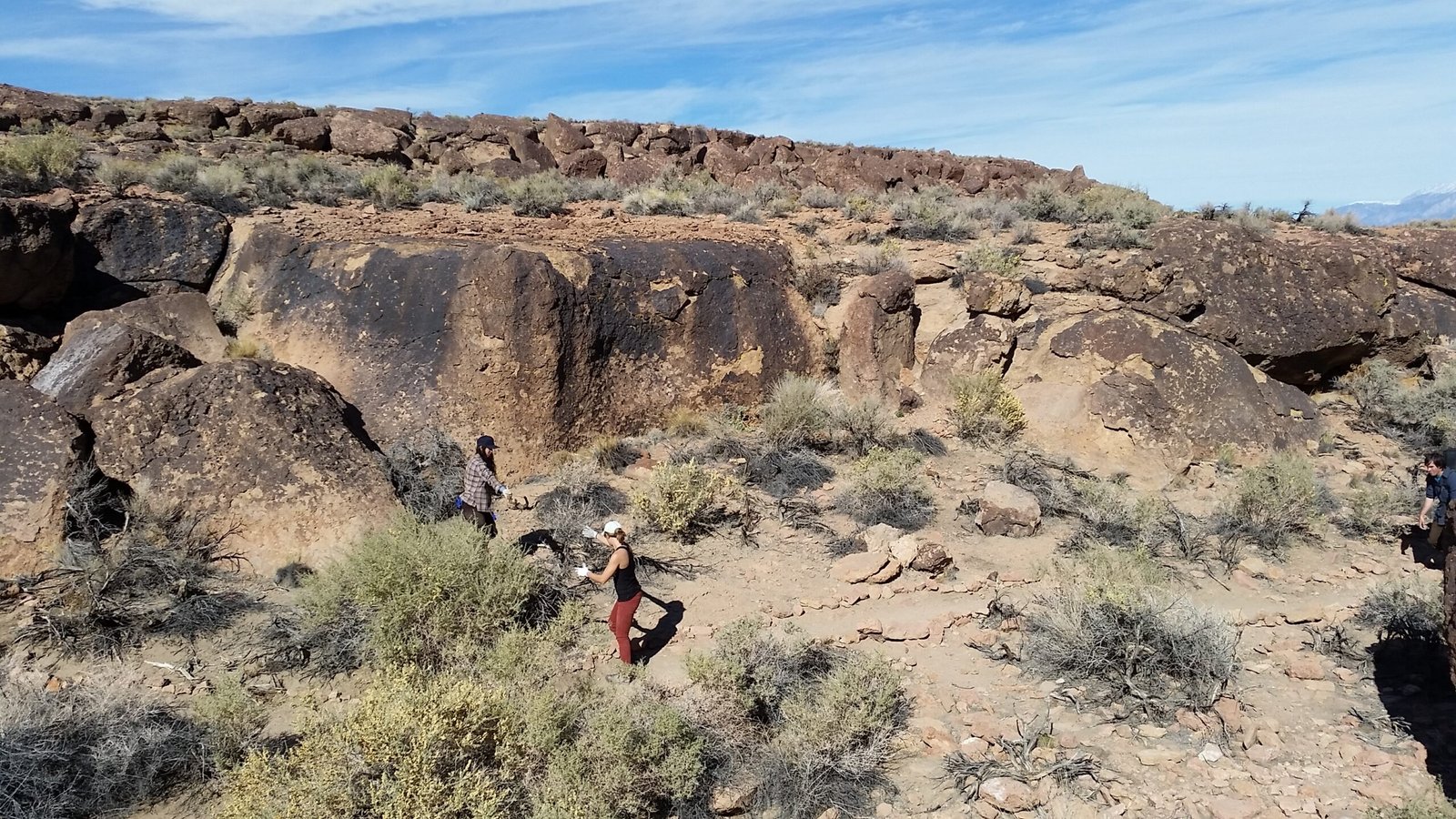
Volcanic plants serve as nature’s own disaster recovery team, beginning the slow but essential process of rebuilding ecosystems from the ground up after devastating eruptions destroy all existing life. These pioneer species don’t just survive in post-eruption landscapes; they actively work to make conditions better for other forms of life by breaking down rock into soil, providing shelter and shade, and creating the first sources of organic matter in otherwise sterile environments. Over time, volcanic plants create expanding islands of habitability that allow less specialized species to gradually colonize the recovering landscape, essentially building bridges between the dead zones and living ecosystems. Their presence can speed up ecosystem recovery by decades or even centuries, transforming what would be lifeless wastelands into thriving biological communities much faster than would occur through natural geological processes alone. The most remarkable aspect of their ecosystem engineering is how they can actually improve on pre-eruption conditions, often creating more diverse and resilient ecosystems than existed before the volcanic destruction.
Climate Change and Volcanic Plant Resilience
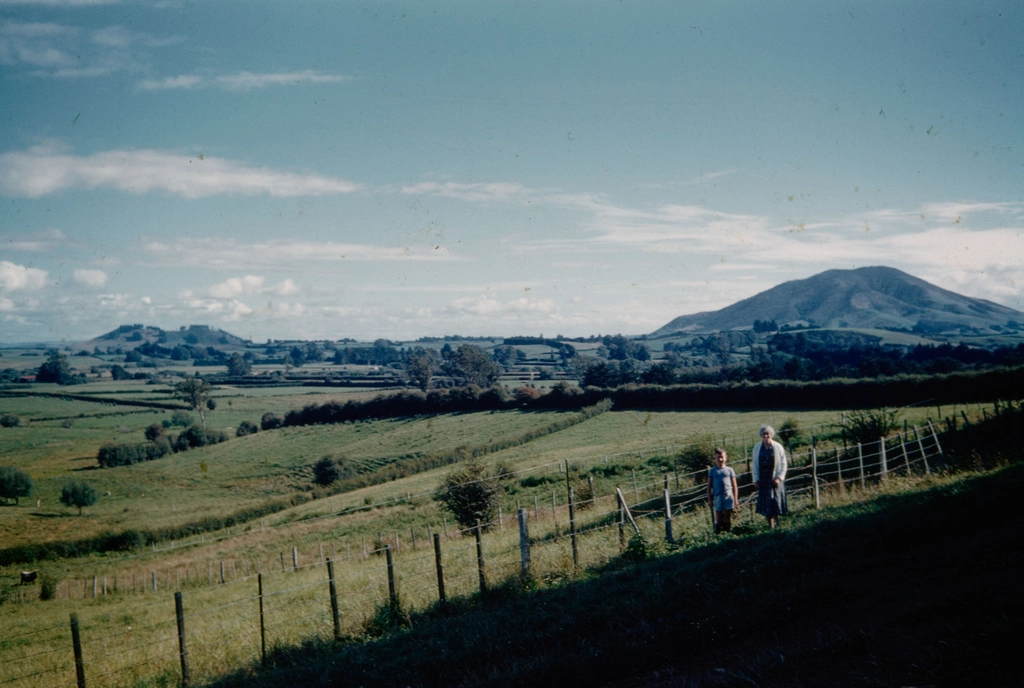
As our planet faces increasing environmental challenges from climate change, scientists are turning to volcanic plants as potential models for developing crops and restoration species that can survive in increasingly extreme conditions. These plants have already solved many of the problems that climate change is creating – extreme temperatures, drought, soil contamination, and atmospheric changes – making them living laboratories for adaptation strategies. Research into volcanic plant genetics is revealing mechanisms that could be transferred to agricultural crops, potentially allowing food production to continue even as traditional growing regions become too harsh for conventional farming. Some volcanic plants are being used directly in restoration projects in areas damaged by climate change, bringing their extreme survival skills to help recover ecosystems that have been pushed beyond their normal limits. The most promising applications involve using volcanic plants as stepping stones to gradually restore heavily damaged environments, essentially using nature’s most extreme survivors to heal landscapes that have been pushed to the breaking point.
Conservation Challenges for Extreme Survivors

Ironically, some of the toughest plants on Earth are also among the most vulnerable to extinction, as their highly specialized adaptations make them completely dependent on the extreme environments they’ve evolved to survive. Many volcanic plant species exist in only a single crater or volcanic region, making them incredibly vulnerable to changes in volcanic activity or human interference that could wipe out their entire population in a single event. Climate change is creating new challenges for these plants as it alters the delicate balance of extreme conditions they require, potentially making some volcanic environments either too mild or too harsh even for these ultimate survivors. Conservation efforts for volcanic plants face unique challenges, as traditional protection methods don’t work for species that require deadly environmental conditions to survive. The most critical conservation need is protecting the volcanic environments themselves, ensuring that these natural laboratories of extreme adaptation continue to exist for future generations to study and admire.
Future Research and Scientific Discoveries

The study of volcanic plants is opening up entirely new fields of scientific research, from astrobiology to biotechnology, as scientists realize these organisms represent some of the most innovative biological solutions ever evolved on our planet. Current research is focusing on understanding exactly how these plants accomplish their seemingly impossible feats, with the goal of applying their strategies to everything from space exploration to environmental cleanup. Some of the most exciting discoveries involve previously unknown biochemical pathways that could revolutionize our understanding of how life can adapt to extreme conditions, potentially revealing new possibilities for life on other planets or in Earth’s most damaged ecosystems. Future research directions include developing synthetic biology applications based on volcanic plant adaptations, creating new materials inspired by their extreme-condition survival strategies, and using their genetic innovations to develop new medical treatments. The most intriguing possibility is that studying these plants might reveal fundamental principles of life that we haven’t yet discovered, essentially using Earth’s most extreme survivors as teachers for understanding the true limits and possibilities of biological adaptation.
These remarkable plants prove that life’s creativity knows no bounds, finding ways to flourish in conditions that challenge our very understanding of what’s possible. Their existence reminds us that our planet still holds incredible secrets, and that sometimes the most beautiful and inspiring life can be found in the most unlikely places. What other impossible survivors might be out there, quietly thriving in environments we’ve written off as lifeless?

